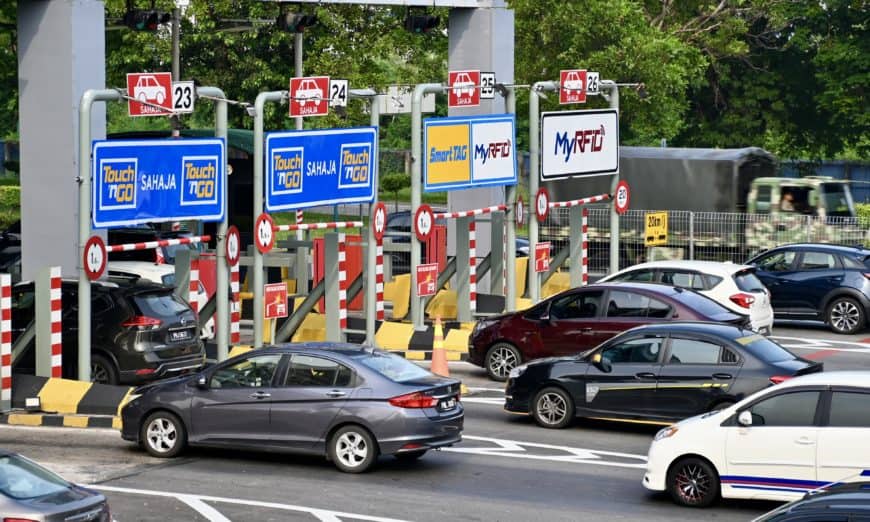LONG queues and congestion frequently affect the Penang Bridge toll plaza, especially during peak hours, weekends and holiday seasons.
The situation is exacerbated when some unfortunate drivers forget to reload their Touch N’ Go card or RFID.
When Touch ‘n Go was introduced, its primary objective was to streamline the payment process for users.
In April of this year, Works Minister Datuk Seri Alexander Nanta Linggi introduced four pilot programmes to assess the feasibility of an open payment toll collection system (SPT) on Malaysian highways.
This system would enable highway users to pay their tolls using debit or credit cards, reducing their reliance on Touch N’Go cards, RFID, and SmartTag.
Not long after, 12 highways, including Butterworth-Kulim Expressway (BKE), started adopting this system, ending the Touch ‘n Go monopoly.
However, Penang Bridge users will only enjoy this convenience at the end of this year.
Penangites have welcomed this move, citing the need for an alternative payment system that can reduce congestion and streamline the toll payment process.
Earlier today, the Buletin Mutiara spoke to several Penang Bridge users and below are their comments.

Irene Lee (20, law student):
“I feel that the implementation of the open payment system for the Penang Bridge toll is a significant step towards modernising toll payment processes and providing more convenience to users.
“It offers additional options alongside existing Touch ‘n Go, SmartTag, and RFID, ultimately simplifying the toll payment process, reducing congestion and improving overall traffic flow.”

Salman Fareez (22, law student):
“A reasonable decision, not to mention the convenience it will bring to users is tremendous.
“Nevertheless, emphasis should still be given to the use of RFID because the future of tolls is ‘non-toll transactions’.
“We can look to AutoPASS in Norway and E-ZPass in the United States as examples.”
Kelwin Goh (22, university student):
“Shopping malls have adopted parking payment systems like this long before highways, and it is beneficial for those who forget to reload their Touch ‘n Go or find it a hassle to do so.
“This alternative can help reduce traffic and long queues. Ideally, the payment system should take only 3 to 5 seconds. If it is longer, it is counterproductive.”

Natalie Yew (22, university student):
“The open payment system brings undeniable convenience to people.
“I have experienced issues where my grandmother’s Touch ‘n Go card had expired, leading to a lengthy process to reimburse the money from the expired card.
“This new system can prevent such problems.”
Story by Norman Sim
Pix by Siti Nuratikah Rahmat and courtesy of interviewees

